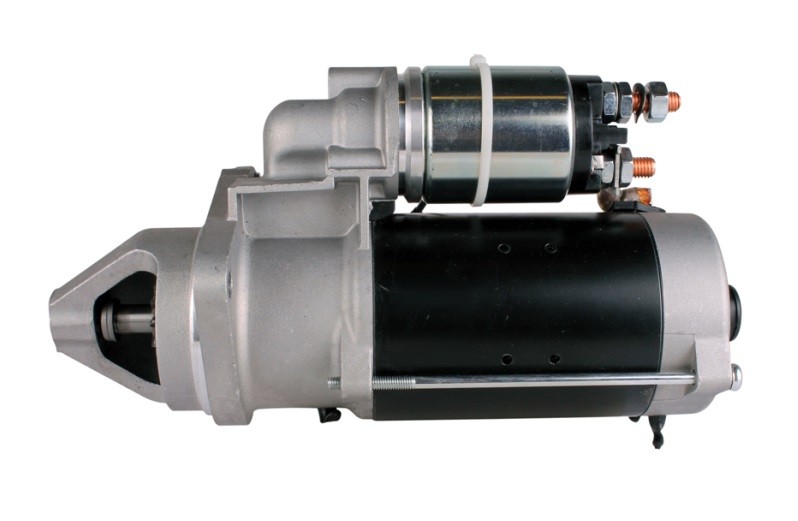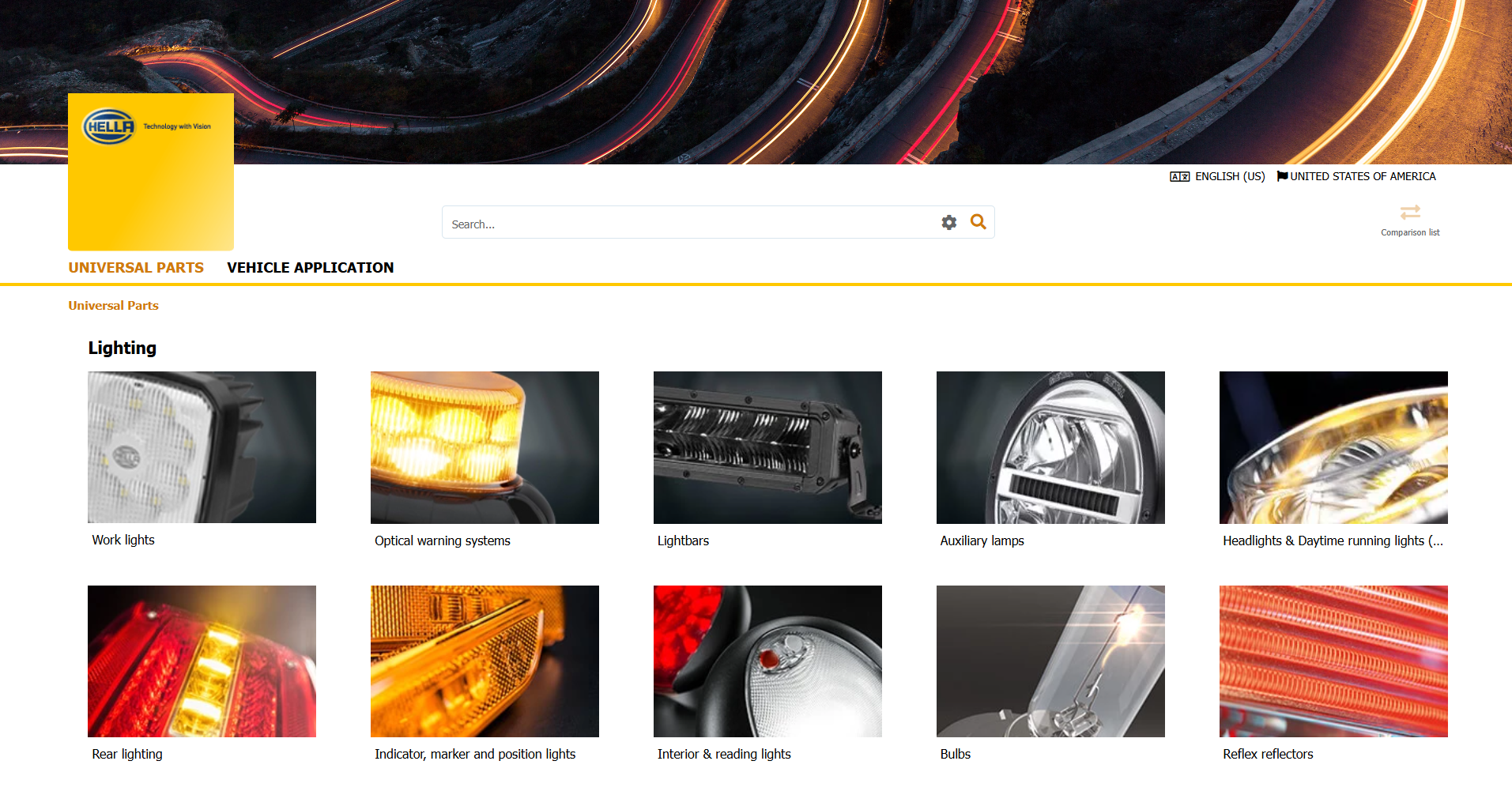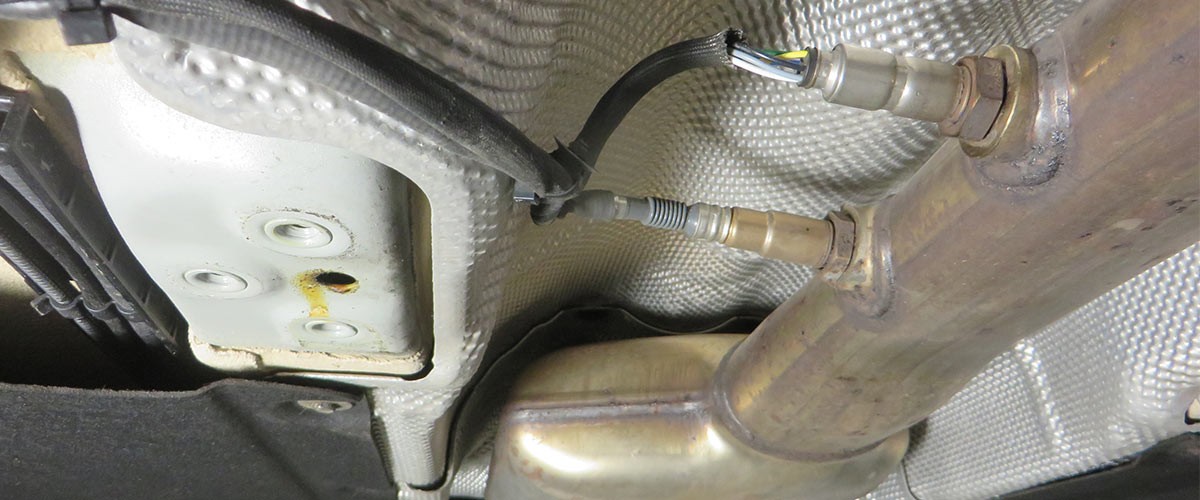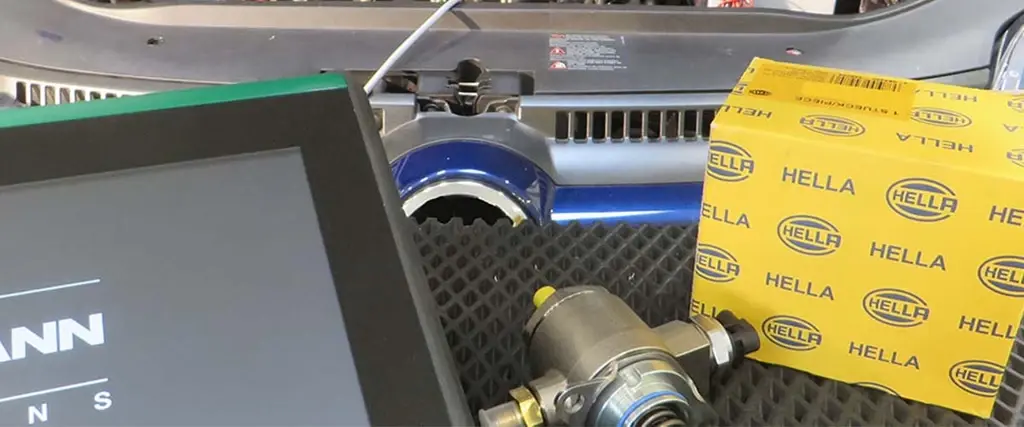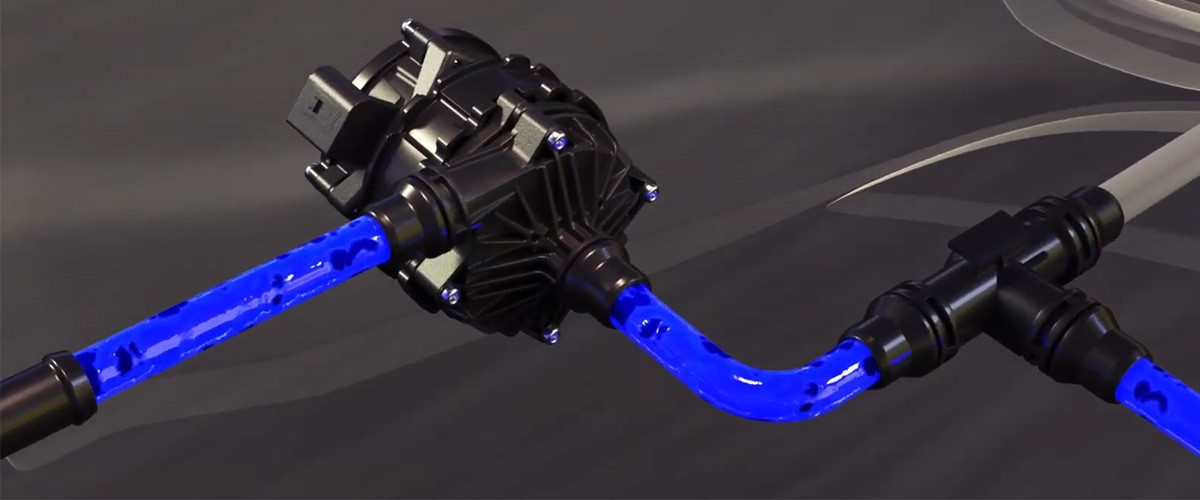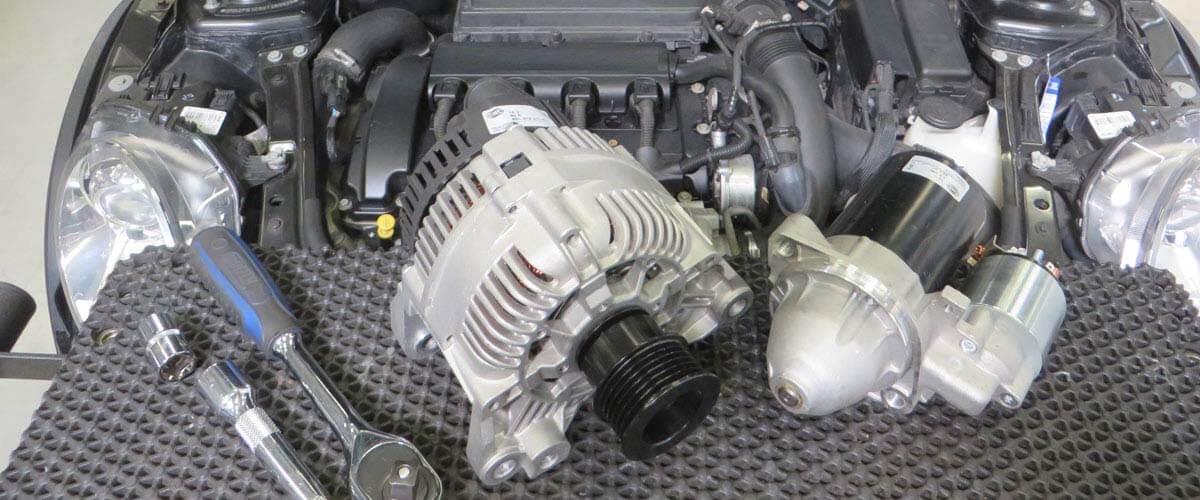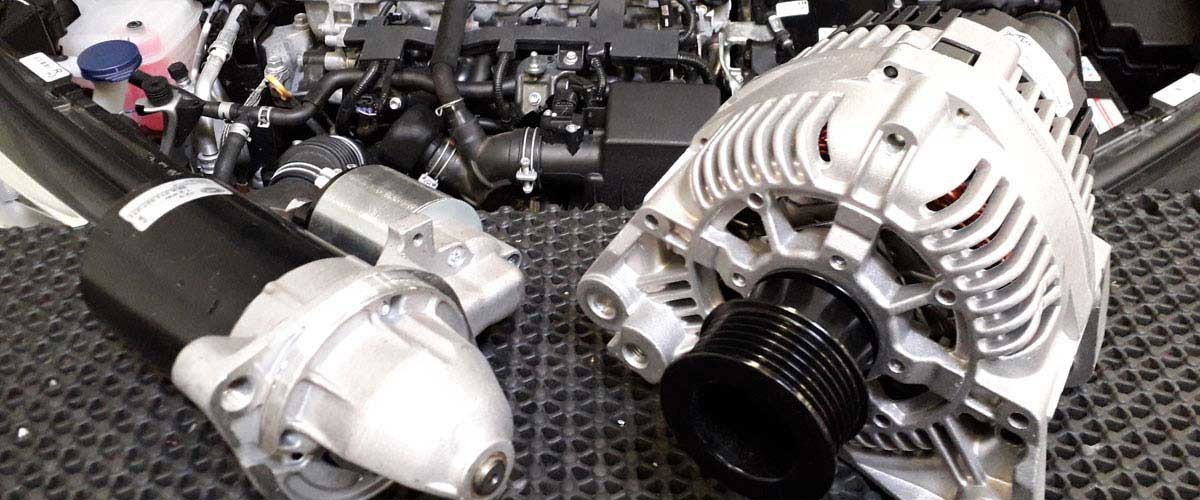The starter does not turn when the ignition switch is actuated.
| Cause: | Remedy: |
| Switch on lighting (low beam). | |
Lighting weak or not working =
|
|
| Solenoid switch does not energize: Bridge terminals 30 and 50 on the starter, Starter runs / engages =
|
|
| Solenoid switch energizes: Remove battery cable from terminal 30 on the starter and connect directly to the contact screw below connection terminal 30. Starter starts up =
|
|

